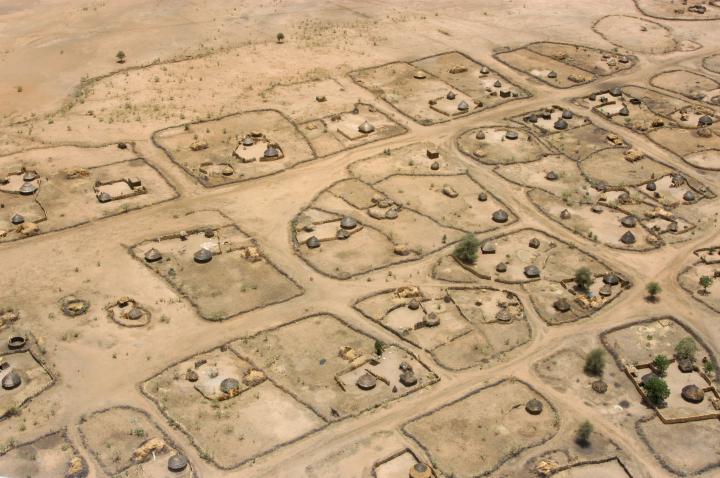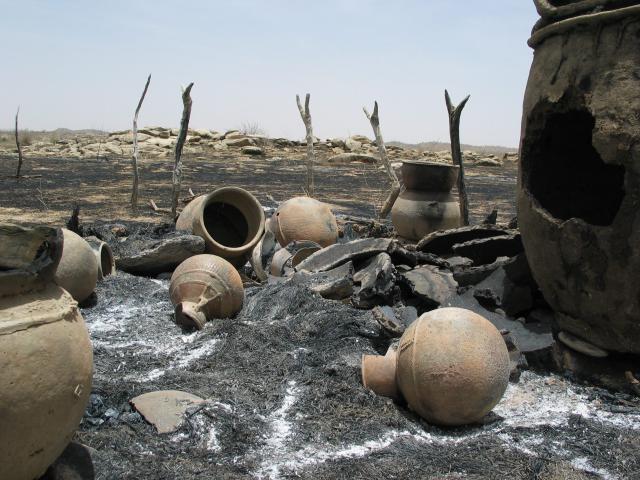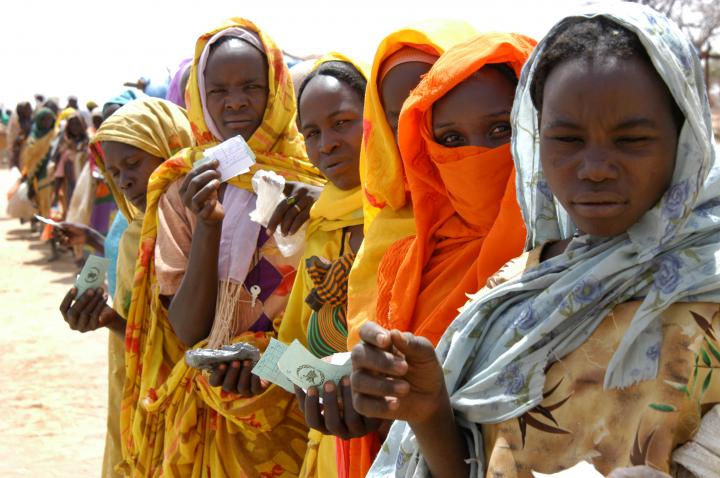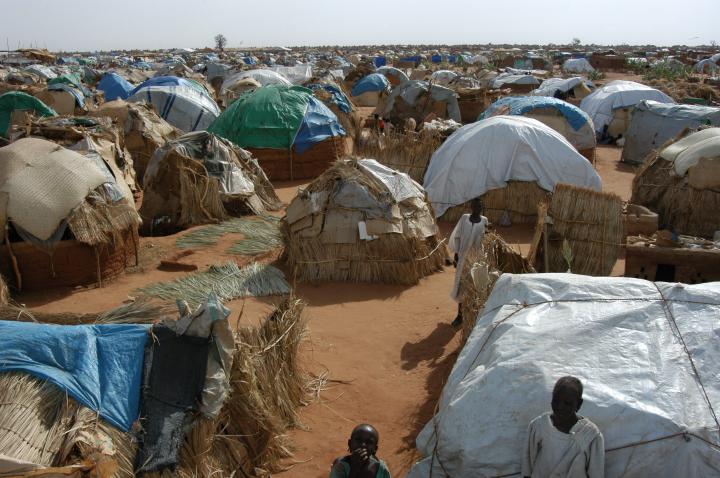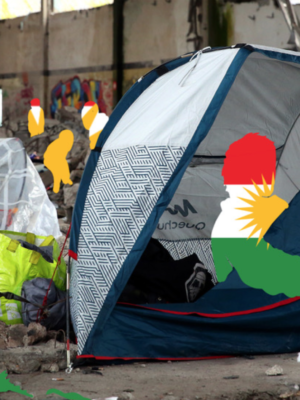Disasters & Conflicts: North and South Sudan. Civil war, 1962-2005
Conflict has raged in Sudan between the Islamic north and the predominantly Christian and Animistic south for almost 50 years.
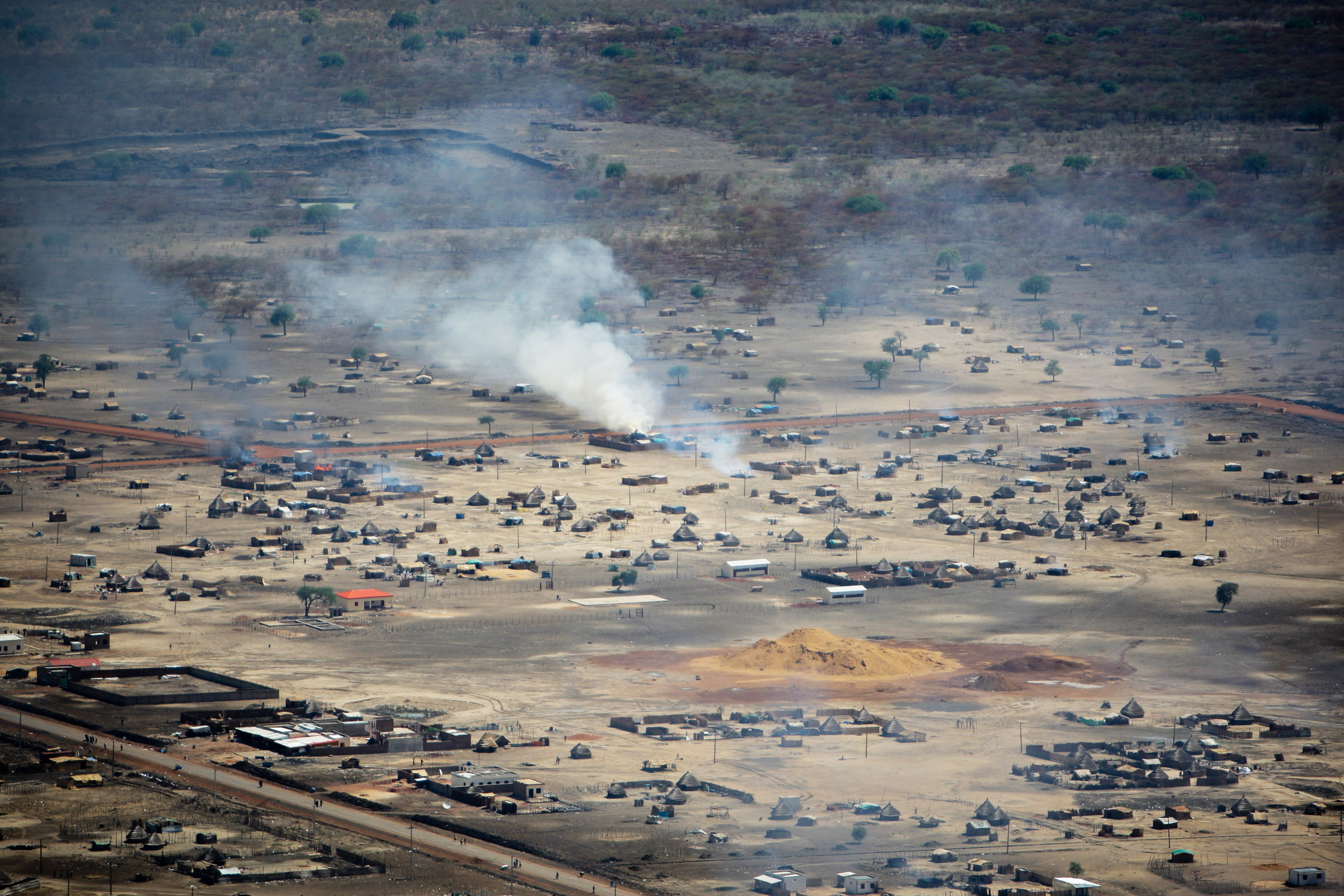
North and South Sudan. Civil war, 1962-2005
Countries: North and South Sudan
Period: 1956-2005
Type of conflict: Civil war
Conflict: The south and armed groups seek independence from the north
Parties involved: Sudanese government, SPLA, SLM/A, Arab militias, United Nations, African Union
Estimated number of victims: 1.5 million deaths, 4 million refugeesen
Conflict has raged in Sudan between the Islamic north and the predominantly Christian and Animistic south for almost 50 years. Rebels from the south have fought against northern domination ever since the country gained independence in 1956. During the 1980s the government in the north becomes gradually more Islamic, with the introduction of a legal code based on Islam. That stirs up resistance in the south. Reconciliation with the south is also hampered by constant changes of power and coups d’état in the north, which are followed by policy changes. In January 2005, the parties reach a peace agreement. By then the civil war has cost the lives of over 1.5 million people, many of them through famine, drought and illnesses caused by the conflict.
The peace agreement reached in 2005 dictates that the South Sudanese people have the right to decide whether they want to become independent from the north. In 2011, 99 percent vote for independence. In July of that year, Africa acquires another country: South Sudan. The conflict isn’t over, however, because the questions of who owns the oilfields on the border between north and south and of where the border exactly lies remain unanswered. That provokes fresh violence. And then there are also conflicts between ethnic groups within South Sudan. Some 2,300 civilians are killed in 2011. Almost 200,000 people have fled their homes by then. During the 50-year-long civil war, four million South Sudanese were forced to flee their homes at least once.



